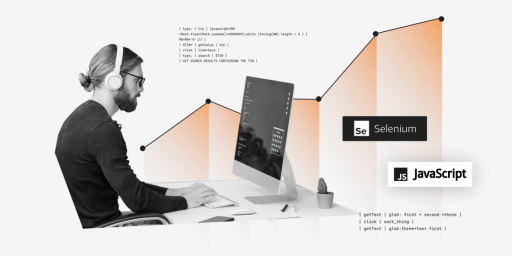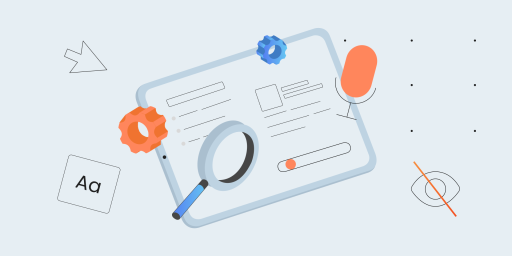The sequential Waterfall Model separates software development into pre-established segments. There cannot be any overlap between stages; one must be finished before the next may start. Each phase is created to carry out a particular task within the SDLC (Software Development Life Cycle). Winston Royce presented it in 1970, in exact contrast to the Agile model, which follows a more flexible development routine.
This article will explore what a waterfall model is and what the “waterfall model” means. Stick around to find out all the essential details and when using the waterfall model is most beneficial.
Which are the phases of waterfall model
The Waterfall model’s phases flow into each other, as the name suggests. The subsequent steps are:
Gathering and analyzing
All potential system requirements are gathered and recorded in a requirement specification document during this stage.
System design
The required specifications from the first phase are examined, and a system design is created. This system design aids in determining the overall system architecture as well as the hardware and system requirements.
Implementation
The system is initially built as tiny programs known as units, which are then incorporated into the following phase, using inputs from the system design. Unit testing is the process of developing and evaluating each unit for functionality.
Testing
During this stage, the program is tested to ensure that it was created following the client’s specifications.
Deployment phase
Once the product has undergone functional and non-functional testing, it is either installed in the client environment or made available for purchase.
Maintenance stage
Once your system is operational, you might need to update the code in response to consumer requests.
We will explore how to use the waterfall model effectively with the steps covered.
When to use the waterfall model
The waterfall methodology the best suits projects with detailed documentation, set requirements, plenty of resources, a predetermined timetable, and well-known technology. Joint application development (JAD), rapid application development (RAD), sync-and-stabilize, Agile project management (APM), and the spiral model are alternatives to the waterfall methodology. So, in short, the most appropriate ways to use waterfall are:
- The requirements are extremely clearly defined, documented, and fixed;
- The definition of the product is steady;
- Understanding technology means it is not dynamic;
- No unclear criteria exist;
- To support the product, many resources are accessible with the necessary knowledge;
- The project won’t last very extended.
When we should not use waterfall model
The Waterfall methodology involves relatively little client engagement throughout the product’s development. Only when the product is finished can end consumers see it in action.
If a problem arises after the product has been produced, it will be costly to remedy since everything needs to be updated, from the documents to the logic.
The waterfall methodology has been replaced in the modern world by various models like iterative, agile, etc.
What are the advantages of waterfall model
Complete design, deployment, testing, installation, troubleshooting, concept, operation, and maintenance follow the development process. Each growth stage must be handled carefully and has its importance. Below is a short list of why using waterfall can benefit your project.
- The criteria are defined precisely and consistently, and they hold throughout the whole project’s development;
- Waterfall development has the benefit of enabling departmentalization and management. A product can move through the stages of the development process model one at a time by setting deadlines for each step and following a timetable.
- Problems or difficulties are less frequent when the project development structure is carefully planned;
- Gauging the process is simpler because each phase’s beginning and ending positions are predetermined;
- Throughout the development process, the duties are as steady as feasible;
- A tight reporting system gives the consumer simple management and transparency;
- Before development, the product’s total cost and release date may be determined.
What are the disadvantages of waterfall model
As with any solution, the Waterfall model comes with certain disadvantages, and here are some of them:
- Once an application is in the testing stage, it might be pretty challenging to go back and change anything that wasn’t carefully thought through at the design stage;
- No functional software is created up until the life cycle is complete;
- There are several dangers and unknowns;
- This is a poor approach for complex and object-oriented applications;
- This paradigm is unsuitable for long-term enterprises;
- Not suitable for projects with a moderate to high chance of requirement changes.
In general, it is almost impossible to change something while employing a waterfall process. The following stages will likewise be in danger if a given step has been accomplished incorrectly.
Conclusion
Due to its highly organized character, the waterfall method is best used in enterprises where precise tasks and deadlines must be established and completed. For instance, two very rigid businesses that rely on dependent phases finishing on time are manufacturing and construction.
It can be expensive and, in some circumstances, impossible to make adjustments to these arrangements. Therefore, waterfall maintains a sequential process and guarantees project stability.



